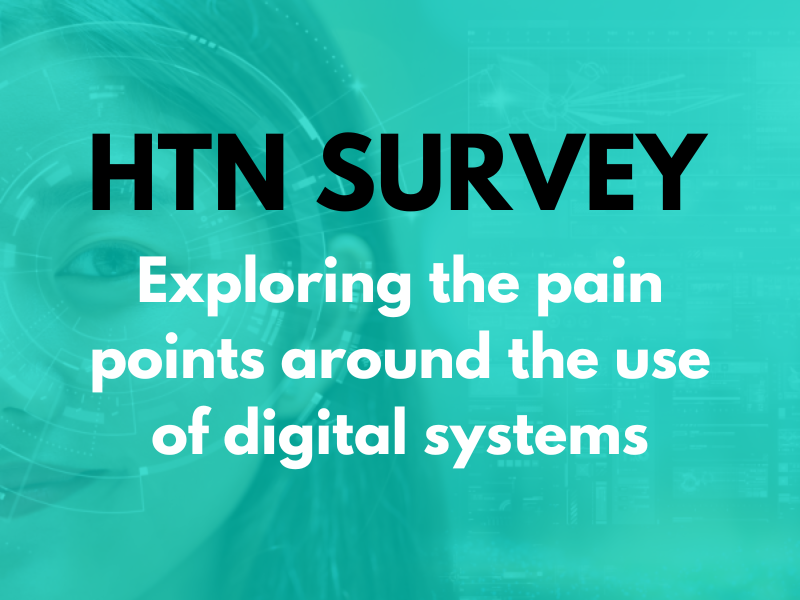NHS Gloucestershire has published its first draft ICS data strategy spanning 2025-2030, pending approval from the board, marking a “bold step forward” in drawing on system strengths and transforming how data is used to improve health and care outcomes in Gloucestershire.
It focuses on improving citizen-facing care, workforce empowerment, transparency, and innovation, overcoming identified issues around limited or inconsistent access to data for both staff and patients, and overcoming siloes of data to effectively respond to system pressures, monitor performance, and plan strategically for future needs.
Currently, staff across the ICS face the challenges of navigating multiple “disconnected” systems, the strategy shares, with this fragmentation also impacting on data flows, reporting capabilities, risk, and the delivery of person-centred care. By leveraging the ICS Intelligence Function Guidance Toolkit, which emphasises collaborative working and the support of BI professionals, NHS Gloucestershire hopes to promote a holistic approach to intelligence that will facilitate the sharing of best practice, the best use of resources, and improvements in care quality. “Our integrated models of care will adopt innovative data analytics and predictive modelling tools, fostering a culture that is ready to leverage data for continuous improvement,” the strategy notes. “It will ensure our systems and practices are designed for future scalability and readiness.”
Fragmentation is also found in current enterprise architecture, the strategy shares, which includes legacy solutions and a lack of communication between systems. To develop this, a focus will be on be on integrating systems and providing a foundation for data access across all roles, with interoperability and shared access to data helping empower the workforce and supporting unified decision making and consistency. The ICS also looks to innovate for the future, evolving the architecture “iteratively” to incorporate emerging tech like AI and predictive analytics.
Focusing on developing a “data-informed” workforce and equipping data professionals with the skills they need to support advanced analysis and improved forecasting, the ICS commits to offering structured pathways for data analysts, data scientists, data engineers, database administrators and other specialists, to support the retention and development of talent. Staff not working directly with data will also be empowered to engage with analytical findings, “ask the right questions”, and apply data-driven insights within their role, the strategy continues.
Moving on to consider data quality, the strategy outlines current challenges around variation across the system, referring specifically to inconsistencies in data capture and “a lack of reliable documentation” undermining trust and leading to inefficiencies. Tackling these issues, it goes on, will help support the development of services tailored to citizen needs, improve the coordination of care, allow staff to use available data confidently in decision making, support proactive care planning, and ensure alignment between organisations.
A roadmap of deliverables covering the short, medium and long term is also provided within the strategy, with the focus for the short term on cross-functional teams, mapping strategic uses, ensuring security and compliance, a career development framework for data professionals, staff data literacy, data stewardship and ownership, and establishing horizon scanning cycles.
In the medium term, the ICS hopes to establish a decision support unit to enhance decision making, develop a unified enterprise architecture, consolidate and integrate systems, prepare a data quality toolkit, and establish an ICS-wide innovation hub.
In the longer term, the ICS commits to collaborative platforms for data sharing and communication, the deployment of standards-based interoperability, alignment of job descriptions across organisations, a centralised data catalogue, convergence with national and regional strategic platforms, the development of AI processes, and the adoption of a collaborative procurement strategy.
Success, the strategy outlines, will be dependent on a number of factors, including ongoing engagement, shared priorities, and a “clear and collaborative” governance structure promoting continuous evaluation. “By embedding evaluation into every stage of the strategy, we will create a feedback loop that drives continuous improvement,” the strategy details. “This will ensure that our approach remains responsive to the needs of the ICS and its stakeholders, enabling us to adapt to new challenges and opportunities as they arise.”
To read the One Gloucestershire draft data strategy in full, please click here.
Data use and best practices from across the NHS
In January, a HTN Now panel discussion focused on how data can help transform primary care, supporting operational efficiencies and improving outcomes. Panellists included Kathryn Salt, assistant director of primary & community care, data and analytics for the Transformation Directorate, NHS England; Dr Shanker Vijayadeva, GP lead, digital transformation for the London region at NHS England; Dr Sheikh Mateen Ellahi, GP and practice partner at ELM Tree Surgery and South Stockton Primary Care Network; and Max Gattlin, digital consultant at X-on Health.
Dr Nicola Byrne, National Data Guardian for Health and Social Care shared their annual report for 2023-24, highlighting the use of health data across the NHS. Dr Byrne opened the report citing the renewed focus on health data following Lord Darzi’s report into the NHS and Professor Sudlow’s review into the UK health data landscape; and the accompanying commitments to data and digital initiatives made by the UK government to help the NHS transition from analogue to “a digital future centred more on preventative care”.
The government’s State of Digital Government Review also offered a “realistic and unflinching” analysis of tech in public services, highlighting fragmented technology, underused data, low service reliability, dependence on external resources for core skills, and funding which does not reflect modern digital practice. Headline findings from the review include that users of public services “expect more”, and that “45 percent of NHS services still lack a digital pathway”. The review notes that £45 billion per year in “unrealised savings and productivity benefits” could be achieved through full potential digitisation, the “fragmented and duplicative” nature of public sector tech, and the underuse of data which “holds back AI, machine learning, and advanced analytics”.






